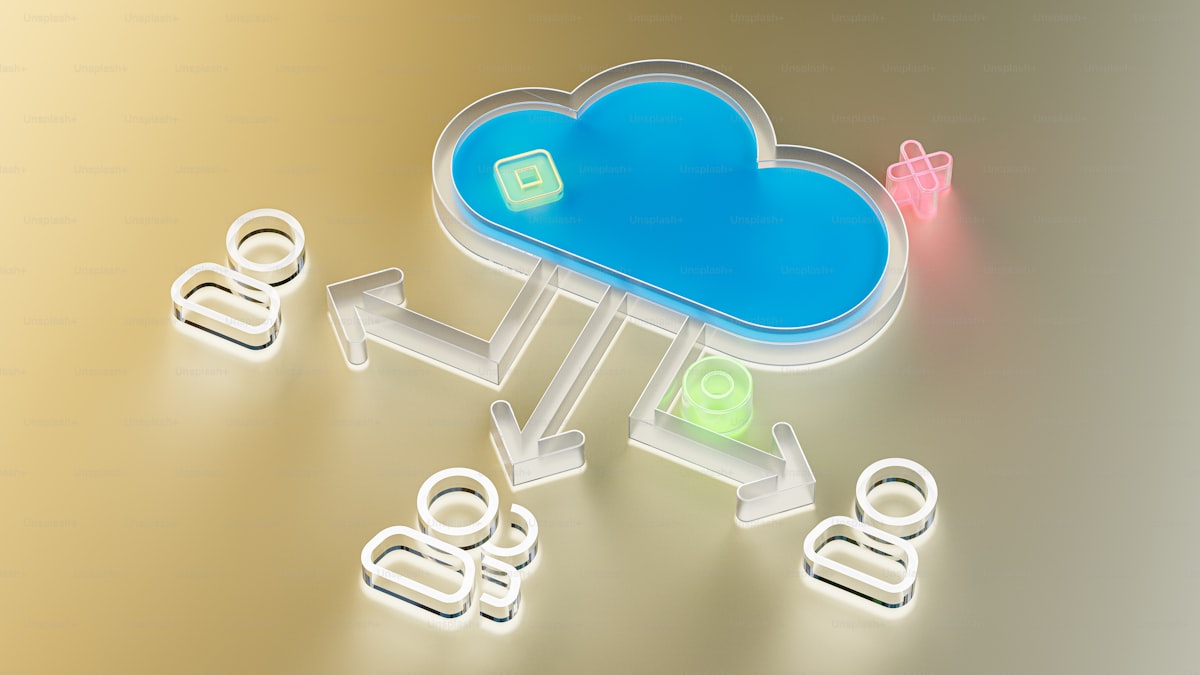Cloud Networking: A Comprehensive Guide
In the ever-evolving landscape of the digital world, cloud networking has emerged as a revolutionary force, transforming the way businesses operate and individuals access data. At its core, cloud networking is a complex web of interconnected servers, databases, and resources that allows for seamless data storage, accessibility, and management. In this comprehensive guide, we delve […]
Cloud Networking: A Comprehensive Guide Read More »









